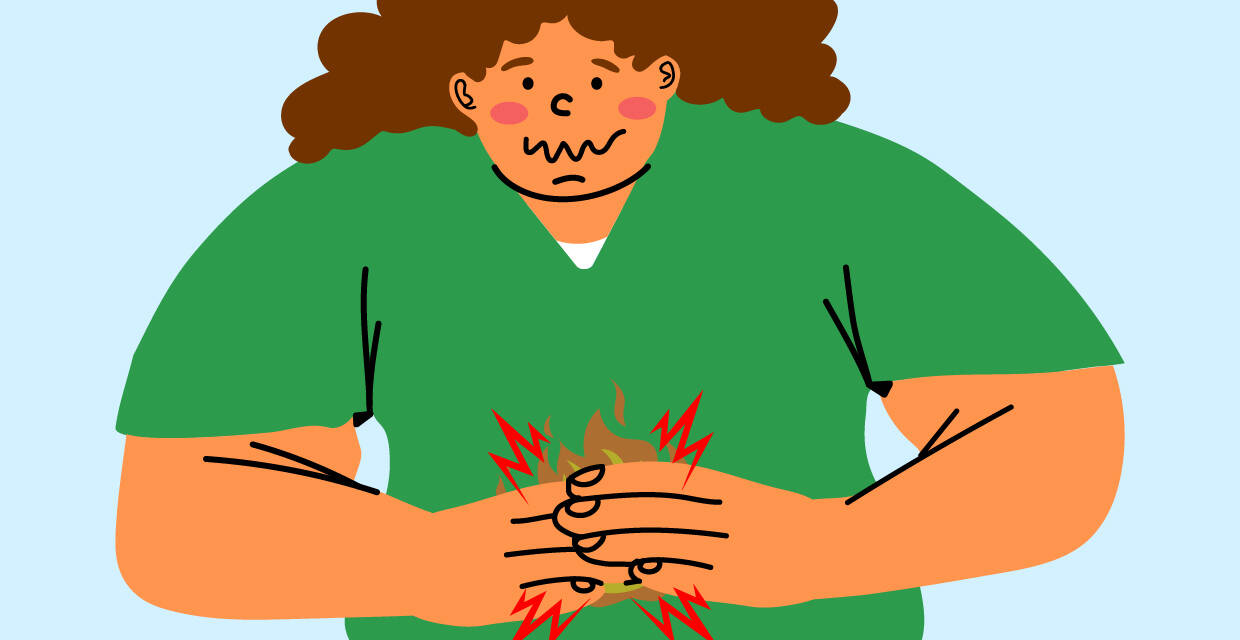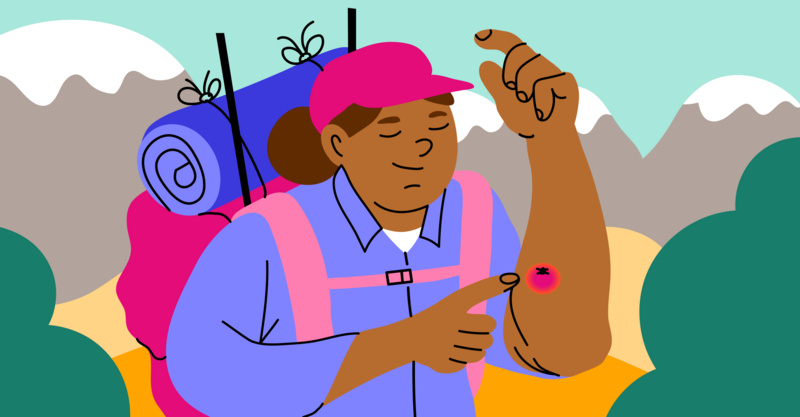Key Points
- Norovirus is spreading fast. It’s the highest spike this past year
- It’s highly contagious, causing diarrhea and other gastric issues
- It’s resistant to sanitizers and alcohol — learn to protect yourself
Norovirus, commonly known as the ‘stomach bug’, ‘stomach flu’, or the ‘winter vomiting bug’ rears its ugly head every year. But as of March 4, 2023, data from the Centers for Disease Control and Prevention (CDC) shows that an average of 16.3% of lab tests are positive, the highest ever in the past year. The Midwest and South seem to have the highest number of positive cases.
While anyone can get sick from the virus, children, the elderly, and immuno-compromised individuals are most vulnerable. Both NBC and ABC news have reported outbreaks in schools (including elementary schools), nursing homes, and other institutions.
With no vaccine available, how do we protect ourselves and our loved ones from this highly contagious virus? Here’s all you need to know.
What is norovirus?
Norovirus is the most common cause of stomach or food poisoning in the United States. Although the infection is called stomach flu, it is not caused by the influenza virus.
It’s not new; millions of people get sick from norovirus infections every year. Most outbreaks happen from November to April, but you can get infected any time of the year.
The CDC reports that due to norovirus infections, each year:
- 1 million children have to go to the doctor after falling ill
- There are just under half a million emergency room (ER) visits, mainly young children
- 900 adults aged 65 and over die
How does norovirus spread?
The most common way to get infected by norovirus is by accidentally eating poop or vomit from an infected person, reports the CDC. And this is quite easy to do. The virus is tiny and can live on surfaces for a long time. Unfortunately, it is also resistant to alcohol, hand sanitizers, and many popular disinfectants, making it very hard to get rid of.
Why are norovirus cases spiking this year? Should you worry?
This year, CDC data shows more than 200 norovirus outbreaks were reported between August 2022 and January 2023. In comparison, only 172 cases were reported at the same time last year.

CDC chart: Number of Suspected or Confirmed Norovirus Outbreaks Reported 2012-2023
So, should you worry?
Dr. Rob Rohatsch, MD, Chief Medical Officer at Solv, reminds us, “There is no need to panic; norovirus infections occur every year. However, since there is no vaccine, it’s best to stay aware and follow common sense measures to protect yourself. Consult a medical provider if you or a loved one experiences symptoms.”
Solv can help you get a same-day visit with a qualified healthcare provider near you.
What are norovirus symptoms?
According to the CDC, the most common symptoms of norovirus are:
- Diarrhea
- Vomiting
- Nausea
- Stomach pain
Dr. Rohatsch states, “Norovirus symptoms usually appear 12-48 hours after you are first exposed to the virus. Norovirus-related stomach discomfort can also last much longer than a regular stomach upset. If symptoms are not treated, they can become severe, even requiring hospitalization. So, it’s best to reach out to a medical professional to be sure.”
How is norovirus different from shigella?
Shigella is a bacterial infection that also happens to be making the rounds, particularly in schools. As a parent, how do you know if your child has norovirus or shigella?
But first, here’s what norovirus and shigella have in common. The CDC notes that they both:
- Spread very quickly
- Cause diarrhea, vomiting, fever, nausea, and stomach cramps
- Require your child to stay home from school until symptoms dissipate (or even a few days after)
Here’s how they differ:
- Most people sick with a norovirus infection get better in 1-3 days, while Shigellosis can last up to 5-7 days
- Shigella infections (shigellosis) are caused by a bacteria. This means that, unlike norovirus, shigella can be treated with antibiotics
The CDC recommends the antibiotics fluoroquinolones, azithromycin, and ceftriaxone for severe shigella infections, whereas antibiotics have no impact on norovirus.
Dr. Rob adds, “Shigella infections tend to show up with a fever, while norovirus may or may not present with a fever. Also, while antibiotics can work against shigella, your doctor may administer them only when necessary because there are drug-resistant strains on the rise.”
Apart from norovirus, there are often other stomach viruses going around. Use Solv to find an urgent care center near you or book a same-day appointment with a healthcare provider.
How do you protect yourself from norovirus and prevent its spread?
The best way to protect yourself and your loved ones is to lower your risk of getting infected with norovirus.
Here are some important points to remember, according to the CDC:
- Wash your hands with soap, especially before you eat, cook, or prep food and after you change diapers or use the toilet. The CDC recommends a minimum of 20 seconds.
- Hand sanitizer does not work against norovirus. It is not a substitute for handwashing
- Rinse your produce: Rinse fruits and vegetables thoroughly (with clean water)
- Cook oysters and shellfish to a temperature of 145°F or above. Noroviruses are resistant to heat, and quick steaming does not kill the virus
- Disinfect the area after an infected individual vomits or has diarrhea. Use a bleach-based household cleaner, ideally with gloves on, to prevent yourself from getting sick. Sanitize kitchen counters and food preparation areas regularly
- Wash contaminated clothes and linen with hot water and dry them using a high heat setting
What to do if you, your children, or another loved one are sick from norovirus?
As parents, we do our best to try and protect our kids. We can teach them to wash their hands with soap before putting their hands in their mouths or handling food. But we know that, in the real world, these ‘rules’ may go out the window the second they get to school or run around with their friends.
We get it.
Here’s what to do if your child is sick with the stomach bug, according to the CDC:
- Be kind to yourself, take deep breaths, and isolate your sick kid (as much as possible)
- Wash your hands with soap after changing their clothes, feeding them, giving them a bath, or holding them when they vomit
- Give them plenty of fluids to prevent dehydration. This includes water and over-the-counter oral rehydration solutions. Children who are dehydrated may cry without tears and may be unusually fussy or sleepy
- If you see signs of dehydration, contact a medical professional.
Solv can help you book same-day appointments and urgent care visits with a provider near you.
Disclaimers
The content provided here and elsewhere on the Solv Health site or mobile app is provided for general informational purposes only. It is not intended as, and Solv Health, Inc. does not provide medical advice, diagnosis, or treatment. Always contact your healthcare provider directly with any questions you may have regarding your health or specific medical advice.
The views expressed by authors and contributors of such content are not endorsed or approved by Solv Health and are intended for informational purposes only. The content is reviewed by Solv Health only to confirm educational value and reader interest. You are encouraged to discuss any questions that you may have about your health with your healthcare provider.
Solv has strict sourcing guidelines and relies on peer-reviewed studies, academic research institutions, and medical associations. We avoid using tertiary references.


 LinkedIn
LinkedIn









